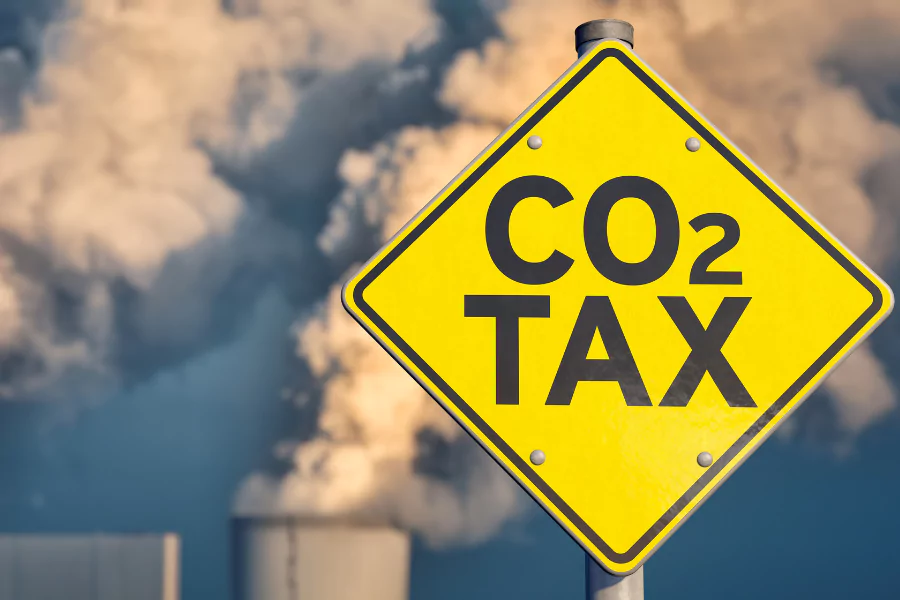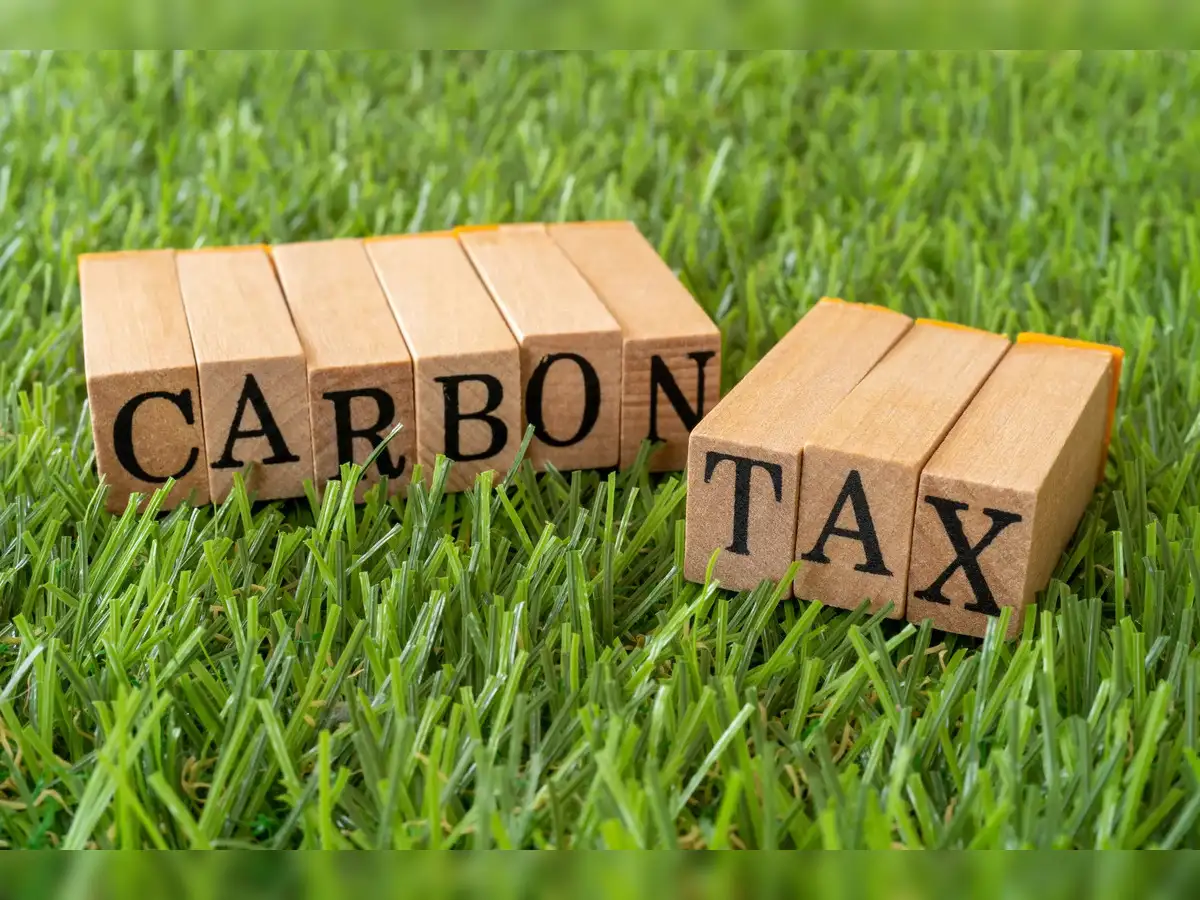Impact of EU Carbon Border Tax on Indian Exports and India’s Response (2024–2025)
The European Union's Carbon Border Adjustment Mechanism (CBAM) represents one of the most significant trade and environmental policy shifts in recent years. Its implementation has raised considerable concerns in India, where carbon-intensive industries such as steel, aluminum, and cement form a major part of the country’s exports to the EU. Since the phased introduction of CBAM began in October 2023, India has engaged in intense diplomatic negotiations with the EU to secure exemptions or modifications for key industries.
This report provides an in-depth analysis of:
- The structure and objectives of CBAM
- The immediate and long-term impact on Indian exports
- India's negotiating strategies and policy responses
- Sector-wise impact on Indian industries
- Economic and geopolitical implications
Understanding CBAM (Carbon Border Adjustment Mechanism)
What is CBAM?
The CBAM is a carbon pricing mechanism designed to prevent "carbon leakage" — the shifting of carbon-intensive production from the EU to countries with weaker climate policies.
- CBAM will require importers of certain goods to purchase carbon certificates based on the emissions embedded in imported products.
- Importers will need to declare embedded emissions and purchase certificates at a price aligned with the EU's Emissions Trading System (ETS).
Objectives of CBAM
- Protect European industries from unfair competition by leveling the playing field.
- Encourage trading partners to adopt stricter carbon reduction measures.
- Incentivize low-carbon manufacturing globally.
CBAM Timeline and Phased Implementation
| Phase | Date | Details |
|---|---|---|
| Transition Phase | October 1, 2023 – December 31, 2025 | Importers must report embedded emissions but no financial obligations. |
| Full Implementation | January 1, 2026 | Importers must buy CBAM certificates based on reported emissions. |
| Expansion | 2030 | CBAM scope may expand to cover more products and industries. |
Industries Affected by CBAM
CBAM currently covers six high-carbon industries:
- Iron and Steel
- Aluminum
- Cement
- Fertilizers
- Electricity
- Hydrogen
Indian exports in steel and aluminum face the highest immediate risk due to the high carbon footprint of these industries.
Direct Impact on Indian Exports
- Steel Industry
- The EU is the largest market for Indian steel exports, accounting for 17% of total exports.
- India's steel industry is highly dependent on coal-based blast furnaces — making it carbon-intensive.
- Estimated CBAM liability for Indian steel exports:
- ₹3,500–₹4,500 ($42–$55) per ton of steel exported.
- Could reduce the competitiveness of Indian steel in the EU by 15%–20%.
- Cement Industry
- The EU accounts for 12% of India's cement exports.
- Cement production in India has a high carbon intensity due to the use of traditional clinker-based methods.
- Estimated liability → ₹1,800–₹2,500 ($21–$30) per ton.
- Aluminum Industry
- India's aluminum exports to the EU amount to approximately ₹15,000 crores ($1.8 billion) annually.
- High emissions from aluminum smelting due to coal-based electricity will lead to high CBAM costs.
- Estimated CBAM charge → ₹4,200 ($50) per ton.
- Fertilizer Industry
- Indian urea exports face an estimated increase in costs by ₹1,200 ($15) per ton due to high natural gas-based emissions.
Economic Impact on India

- Export Reduction
- Indian exports to the EU could decline by 20%–35% across affected sectors.
- Indian steel, cement, and aluminum may lose market share to low-carbon producers in the EU and other regions.
- Revenue Loss
- Potential revenue loss for Indian exporters could exceed ₹25,000 crores ($3 billion) annually by 2026.
- Supply Chain Shifts
- Indian exporters may shift focus to alternative markets in Asia, Middle East, and Africa.
India’s Negotiation Strategy and Diplomatic Efforts
- Seeking Exemptions and Special Status
- India argues that CBAM discriminates against developing countries and violates World Trade Organization (WTO)
- India has called for:
Recognition of India's lower per capita emissions.
Adjustment period for Indian exporters.
Preferential treatment for renewable energy adoption in India.
- Countermeasures and Trade Retaliation
- India is considering imposing retaliatory tariffs on certain EU imports if negotiations fail.
- Indian officials have raised the issue at WTO meetings and have sought support from BRICS and G77
- Domestic Policy Adjustments
- India's National Green Hydrogen Mission (launched in 2023) aims to decarbonize the steel and cement sectors.
- Carbon Market Mechanism announced in 2024 to create a domestic carbon pricing framework.
Strategic Adjustments by Indian Industry
- Green Steel and Low-Carbon Production
- Tata Steel, JSW Steel, and SAIL have announced plans to:
Shift to electric arc furnaces powered by renewable energy.
Increase use of green hydrogen in steel production.
Target a reduction of carbon emissions by 30% by 2030.
- Tata Steel, JSW Steel, and SAIL have announced plans to:
- Cement Industry’s Decarbonization
- Ultratech Cement and Ambuja Cements are investing in:
Clinker substitution with low-carbon alternatives.
Carbon capture and storage (CCS) projects.
- Ultratech Cement and Ambuja Cements are investing in:
- Aluminum Sector’s Transition
- Hindalco and Vedanta are adopting renewable energy for smelting and refining.
- Focus on increasing recycling to reduce the need for primary production.
Challenges and Risks
- Compliance Costs
- Indian exporters face high compliance costs due to the absence of a domestic carbon market.
- WTO Dispute
- India’s challenge at the WTO could take years to resolve.
- Impact on Small and Medium Enterprises (SMEs)
- SMEs in the steel and aluminum sectors face higher exposure to CBAM without the capital to adopt green technologies.
Strategic Takeaways
- CBAM presents a significant economic and political challenge for Indian exporters, particularly in steel, aluminum, and cement.
- India’s diplomatic strategy focuses on securing exemptions based on its developmental status and low per capita emissions.
- Industry transition to low-carbon production methods through green hydrogen and renewable energy is critical for long-term competitiveness.
- Trade diversification and alternative markets (Asia, Middle East, Africa) will mitigate the short-term impact of CBAM.
CBAM represents a seismic shift in global trade policy, with profound implications for India’s export-driven economy. The next two years (2024–2025) will be critical as India negotiates exemptions and implements domestic carbon pricing mechanisms. Successfully transitioning to low-carbon manufacturing and securing preferential treatment under CBAM could define India's competitive positioning in global markets over the next decade.













